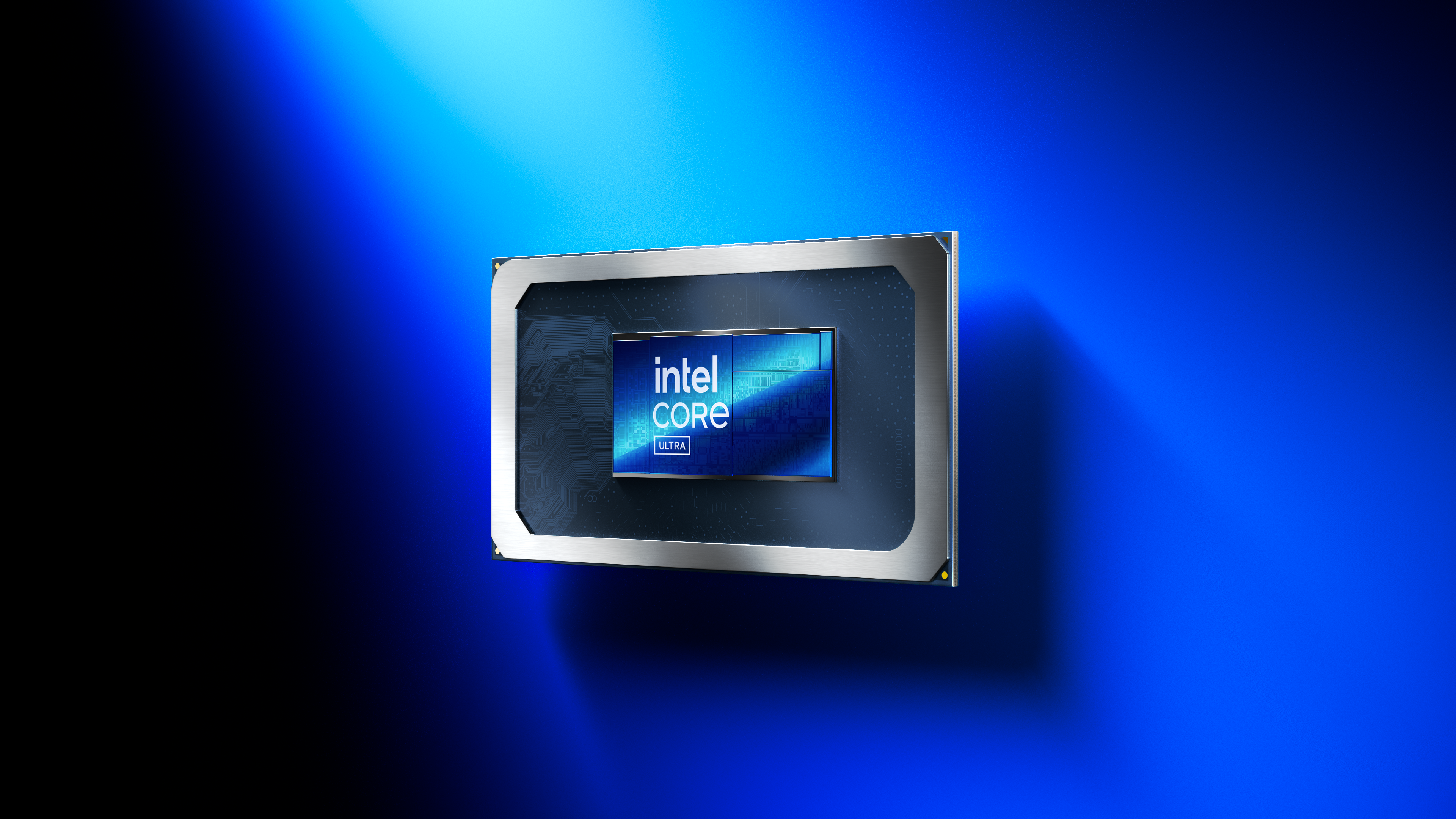
Expanding its wings into the automotive ecosystem, Intel shared its upcoming SDV (Software-Defined Vehicle) SoC designs at Auto Shanghai 2025 yesterday. Slated to be the industry’s first disaggregated design, the company presented its second-generation SDV SoC, internally codenamed Frisco Lake. A detailed investigation by 3elife, a Chinese tech and news publication, purports these SoCs are derivatives of Intel’s Panther Lake design, with their successor allegedly based on Nova Lake.
Software-defined vehicles are automobiles where a majority of the functionality is handled through software, rather than traditional physical, mechanical, or electronic components. Compared to desktops, x86 has seen limited adoption in the automotive industry, primarily due to stringent power consumption requirements, real-time processing demands, and safety and security concerns.
However, as ADAS, autonomous driving, in-car experiences, and the need for high-performance computing in vehicles grow, Intel is positioning itself to gain traction in this market. Last year, the company released the 225W Arc A760A, offering a PC-like experience from the comfort of your car. The Raptor-Lake-based Malibou Lake platform represents Intel’s latest SDV offering, featuring up to 14 cores (6P+8E), 24MB L3 cache, 96 EUs, and support for eight cameras, slated for a Q4 2024 launch.
Yesterday, Intel shared several slides detailing Frisco Lake, officially poised to deliver 10 times better AI performance and 61% higher efficiency than current offerings, presumably Malibou Lake. In addition, the inclusion of an Xe3 (Celestial) graphics IP block strongly suggests these SoCs are indeed derived from Panther Lake, a connection that is supported by the source and kernel patches (via Harukaze at X). The use of Intel’s flagship 18A process node and the jump from Raptor Cove to Cougar Cove (rumored) would explain the sharp spike in efficiency.
So… ———–202x ApolloLake (Atom-N) 2020 AshCreekFalls (SkyLake-SP-Auto) 2025 MalibouLake (RaptorLake-P-Auto) 2026 FriscoLake (PantherLake-P-Auto) 2028 GrizzlyLake (MonumentPeak) with [NovaLake Only E-Core???] 🤔🤔🤔 pic.twitter.com/KKE5yoWG6QApril 23, 2025
That’s not all, as 3elife secured an alleged roadmap detailing Intel’s future product offerings from a third party. Assuming this timeline is accurate, Frisco Lake was never actually intended for launch and appears to be a last-minute addition to Intel’s product stack. Apparently, Malibou Lake was in line to be superseded by Grizzly Lake, which is now expected to serve as Intel’s third-generation SDV SoC design.
Under the Grizzly Lake lineup, the leaked slides mention an SoC codenamed Monument Peak, reportedly offering up to 32 cores, a 7 TFLOPS-capable Xe-based integrated GPU, slated for the first half of 2027. This time frame coincides with Nova Lake, and one rumored configuration of that architecture includes 32 efficient cores (16P+32E+4LPE), likely based on the Arctic Wolf microarchitecture.
So, if these rumors hold true, Intel is porting its consumer-grade architectures to the automotive industry with a one-year cadence. Considering the extensive validation processes and typically long lifecycles of these chips, automobiles usually don’t opt for the most cutting-edge core design, unlike the desktop market. It’s hard to say what the future holds, but perhaps Intel’s limited success in the mobile phone and AI markets might be a catalyst for this drive to establish a strong foothold in the automotive domain.


